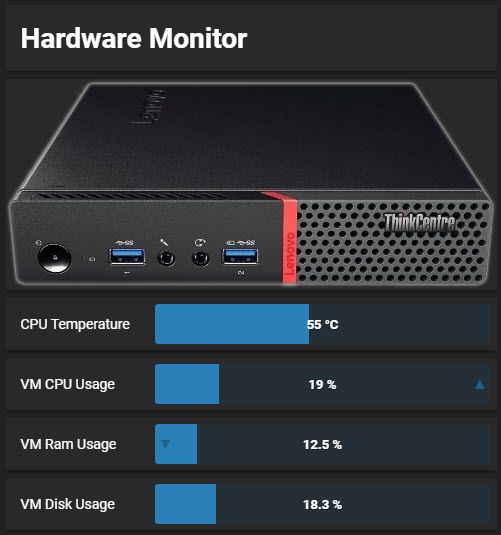

Represents physical connection ports, such as DB-25 pin male, Centronics, and PS/2. Represents the properties of a Plug and Play device. Relates a device (known to Configuration Manager as a PNPEntity), and the function it performs. Represents an association between logical devices and system resources. Relates an array of physical memory and its physical memory.

Represents details about the computer system's physical memory. Represents a physical memory device located on a computer as available to the operating system. Manages the capabilities of a Personal Computer Memory Card Interface Adapter (PCMCIA) controller device. Represents the properties of a parallel port on a computer system running Windows. Represents common adapter devices built into the motherboard (system board). Represents a device that contains the central components of the computer system running Windows. Relates a memory device and the memory array in which it resides.Īssociation class that relates a memory device and the physical memory on which it exists. Represents the properties of a computer system's memory device along with its associated mapped addresses. Relates a logical memory array and the physical memory array upon which it exists. Represents the properties of the computer system memory array and mapped addresses.
#System hardware monitor windows
Represents an interrupt request line (IRQ) number on a Windows computer system. Represents the capabilities and management of an infrared device. Represents the capabilities of an Integrated Drive Electronics (IDE) controller device.Īssociation class that relates an IDE controller and the logical device. Represents the capabilities and management capacity of a floppy disk drive controller.

Represents a direct memory access (DMA) channel on a computer system running Windows. Relates a logical device and a setting that can be applied to it. Represents a device memory address on a Windows system. Relates a system bus and a logical device using the bus.
#System hardware monitor serial
Represents the hubs downstream from the universal serial bus (USB) controller. Represents cache memory (internal and external) on a computer system. Represents a physical bus as seen by a Windows operating system. Represents the attributes of the computer system's basic input or output services (BIOS) that are installed on the computer. Represents a baseboard (also known as a motherboard or system board). Relates a processor and its cache memory. Relates a logical device to a system resource. Relates the high-speed serial bus (IEEE 1394 Firewire) Controller and the CIM_LogicalDevice instance connected to it. Represents the capabilities and management of a 1394 controller. Examples include system memory, cache memory, and controllers. The Motherboard, Controllers, and Ports subcategory groups classes that represent system devices. Motherboard, Controller, and Port Classes Represents a tape drive on a computer system running Windows. Represents any type of documentation or storage medium. Manages the capabilities of a floppy disk drive. Represents a physical disk drive as seen by a computer running the Windows operating system. Represents a CD-ROM drive on a computer system running Windows. Represents the settings for the autocheck operation of a disk. Represents an input device used to point to and select regions on the display of a computer system running Windows.Ĭlasses in the Mass Storage subcategory represent storage devices such as hard disk drives, CD-ROM drives, and tape drives. Represents a keyboard installed on a computer system running Windows. The Input Devices subcategory groups classes that represent keyboards and pointing devices. Represents the properties of a temperature sensor (electronic thermometer). Represents the properties of a refrigeration device. Represents the properties of a heat pipe cooling device. Represents the properties of a fan device in the computer system. The Cooling Devices subcategory groups classes that represent instrumentable fans, temperature probes, and refrigeration devices.

Motherboard, Controller, and Port Classes.Examples include input devices, hard disks, expansion cards, video devices, networking devices, and system power. The Computer System Hardware category groups classes together that represent hardware related objects.


 0 kommentar(er)
0 kommentar(er)
